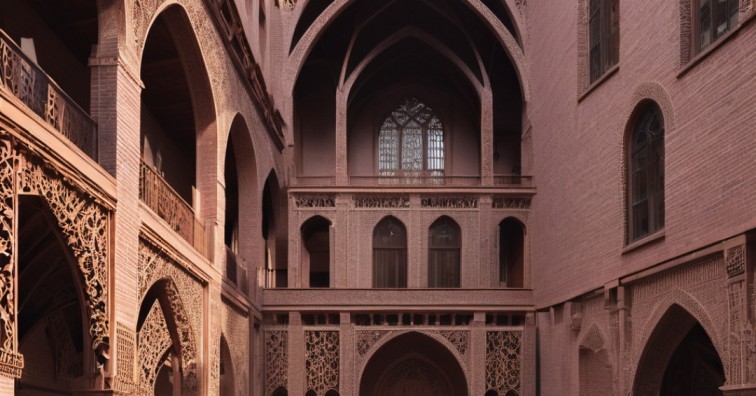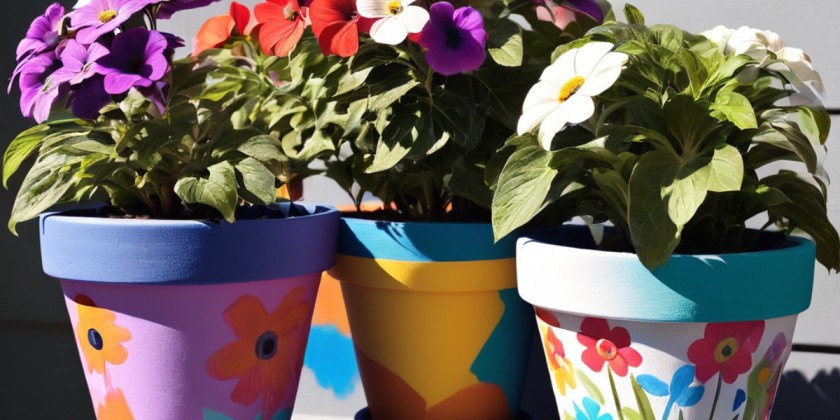How Craft and Architecture Can Come Together to Tell New Stories of Identity and Culture
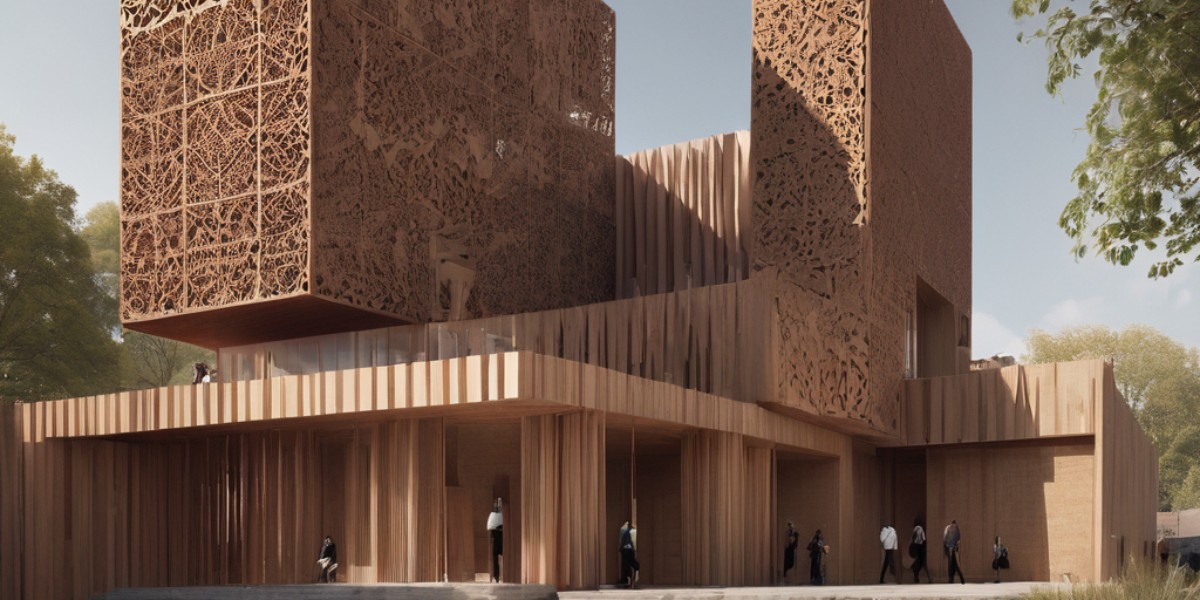
Craft and architecture, two distinct forms of human expression, have long been intertwined in the tapestry of history. From the intricate carvings adorning ancient temples to the contemporary fusion of traditional techniques with modern design, the marriage of craft and architecture has shaped landscapes and narratives across the globe. In this article, we delve into the profound relationship between craft and architecture, exploring how they converge to tell new stories of identity and culture.
Craft: A Reflection of Culture

Craftmanship is more than just skillful hands creating objects; it is a reflection of culture, heritage, and identity. Rooted in tradition, craft embodies the values and aesthetics of a society. Whether it’s pottery, weaving, or woodworking, traditional crafts carry the legacy of generations, preserving techniques passed down through time. These artisanal practices not only produce functional objects but also serve as repositories of cultural knowledge and symbolism.
Also Read:Creating Your Perfect Dream House Design: A Guide to Turning Your Vision into Reality
Architecture: Beyond Structures
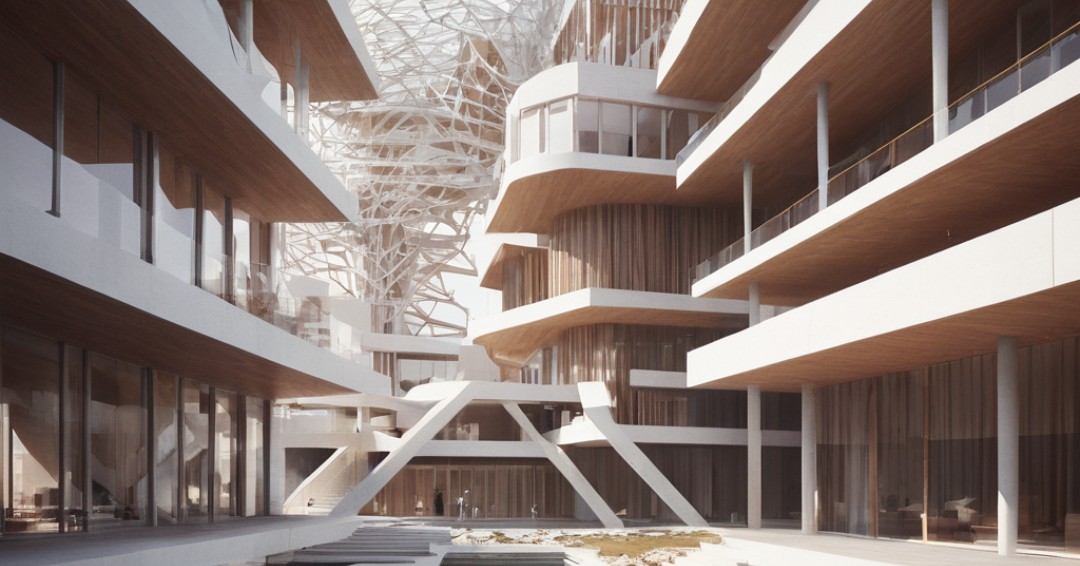
Architecture transcends mere construction; it shapes the way we inhabit and experience space. From towering skyscrapers to humble dwellings, architecture is a manifestation of human aspirations, beliefs, and social structures. Each architectural style tells a story, whether it’s the grandeur of Gothic cathedrals or the simplicity of Japanese tea houses. Through form, materiality, and spatial organization, architecture communicates values and cultural identities.
Intersection of Craft and Architecture

The intersection of craft and architecture gives rise to innovative and culturally resonant designs. Architects often collaborate with skilled craftsmen to integrate handmade elements into their projects, enriching the built environment with cultural narratives. From ornate façades adorned with intricate tilework to bespoke furniture crafted by local artisans, these collaborations imbue spaces with a sense of place and belonging.
Also Read:Crafting at Home Made Easy: 7 Simple DIY Ideas to Try Right Now
Telling Stories Through Design
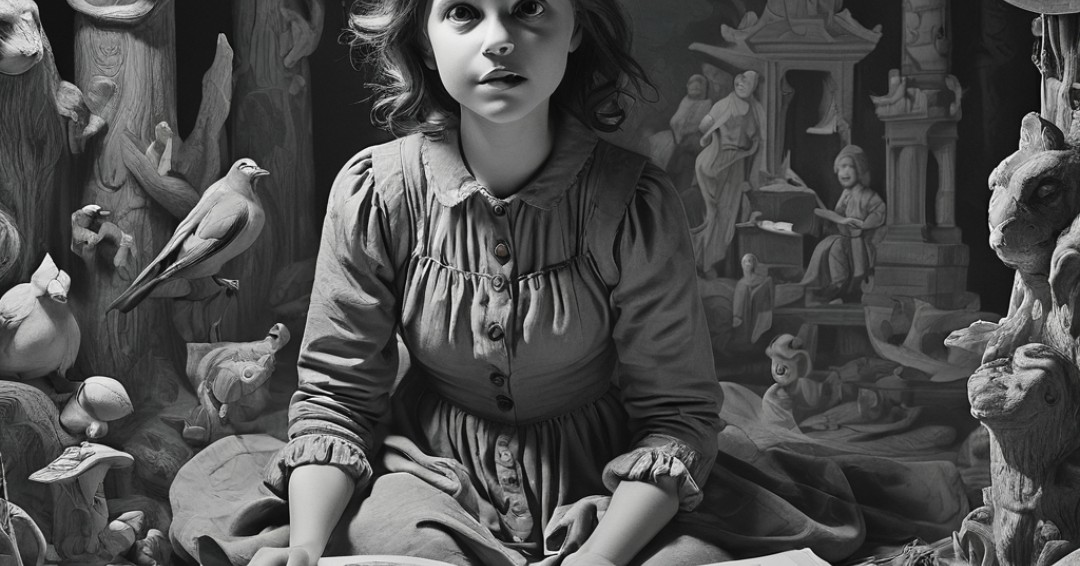
Craft elements in architecture serve as storytelling devices, conveying narratives that resonate with inhabitants and visitors alike. Whether it’s a carved wooden door depicting local folklore or stained glass windows illustrating historical events, these design details evoke emotions and spark imaginations. Architects create immersive environments that celebrate cultural heritage by weaving together traditional motifs and contemporary aesthetics.
Preserving Heritage Through Craft and Architecture
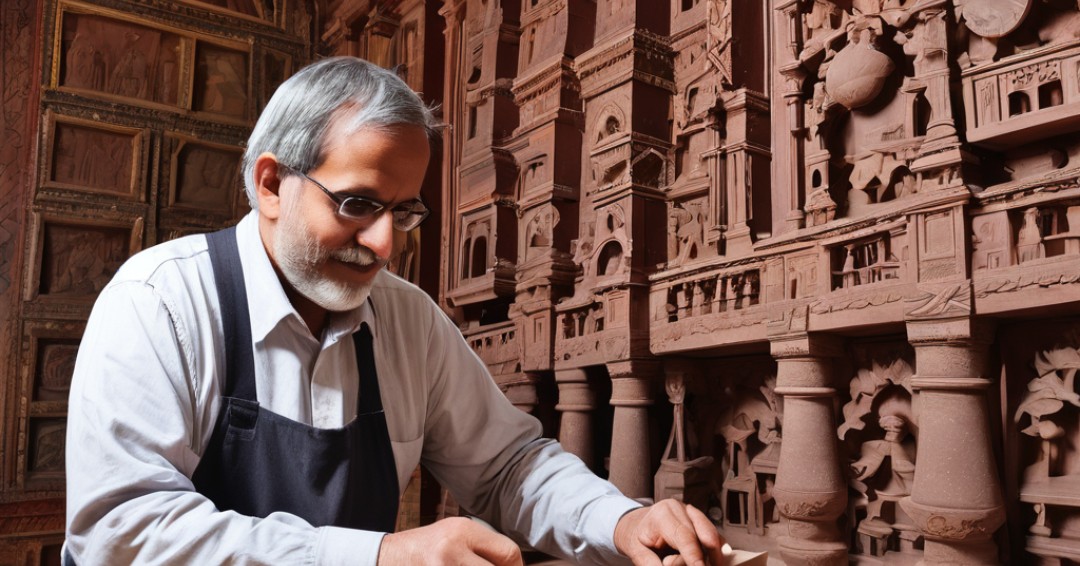
The preservation of craft traditions is essential for safeguarding cultural heritage. As modernization threatens to overshadow traditional practices, architects play a vital role in advocating for their continuity. Adaptive reuse of historic buildings conserves architectural landmarks and provides opportunities to showcase traditional craftsmanship. By incorporating craft into restoration projects, architects breathe new life into old structures while honoring their cultural significance.
Innovation and Fusion

While honoring tradition is paramount, there is also room for innovation and experimentation in craft and architectural design. Architects and craftsmen are pushing boundaries by exploring new materials, techniques, and forms. From 3D-printed ceramics to digitally fabricated textiles, technology is revolutionizing the way we create and experience craft. By embracing innovation while respecting heritage, designers are forging new paths in cultural expression.
Empowerment and Community
Supporting traditional crafts not only preserves cultural heritage but also empowers communities. By investing in craft education and artisanal cooperatives, architects contribute to sustainable development and economic empowerment. Collaborative projects between architects and local craftsmen foster a sense of pride and ownership within communities, strengthening social bonds and preserving intangible cultural heritage.
Educational Initiatives
Education plays a crucial role in nurturing future generations of craftsmen and architects. Institutions offering programs in craft and architectural studies provide platforms for creative exploration and skill development. By integrating traditional knowledge with contemporary pedagogy, these educational initiatives equip students with the tools to innovate while respecting cultural traditions. Fostering a culture of craftsmanship ensures that heritage skills continue to thrive in a rapidly changing world.
Global Perspectives
Craft and architecture serve as conduits for cultural exchange and understanding on a global scale. International collaborations between designers from different backgrounds enrich design discourse and challenge preconceived notions of identity and place. Architects contribute to a more inclusive and interconnected world by embracing diversity and celebrating cultural exchange.
Challenges and Opportunities
Despite the many benefits of integrating craft into architecture, challenges persist. Economic pressures and changing societal values pose threats to traditional crafts, endangering their survival. Moreover, the issue of cultural appropriation in design raises questions about ethics and representation. However, these challenges also present opportunities for dialogue and collaboration, inspiring architects to find innovative solutions that honor tradition while embracing change.
Future Directions
Looking ahead, the future of craft and architecture is filled with promise and possibility. As technology continues to advance, designers have unprecedented tools at their disposal to push the boundaries of creativity. By embracing sustainability, inclusivity, and cultural diversity, architects can create spaces that resonate with people from all walks of life. Through collaboration, education, and advocacy, we can ensure that craft and architecture continue to tell meaningful stories of identity and culture for generations to come.
Conclusion
In conclusion, the fusion of craft and architecture is a powerful force for storytelling and cultural expression.







